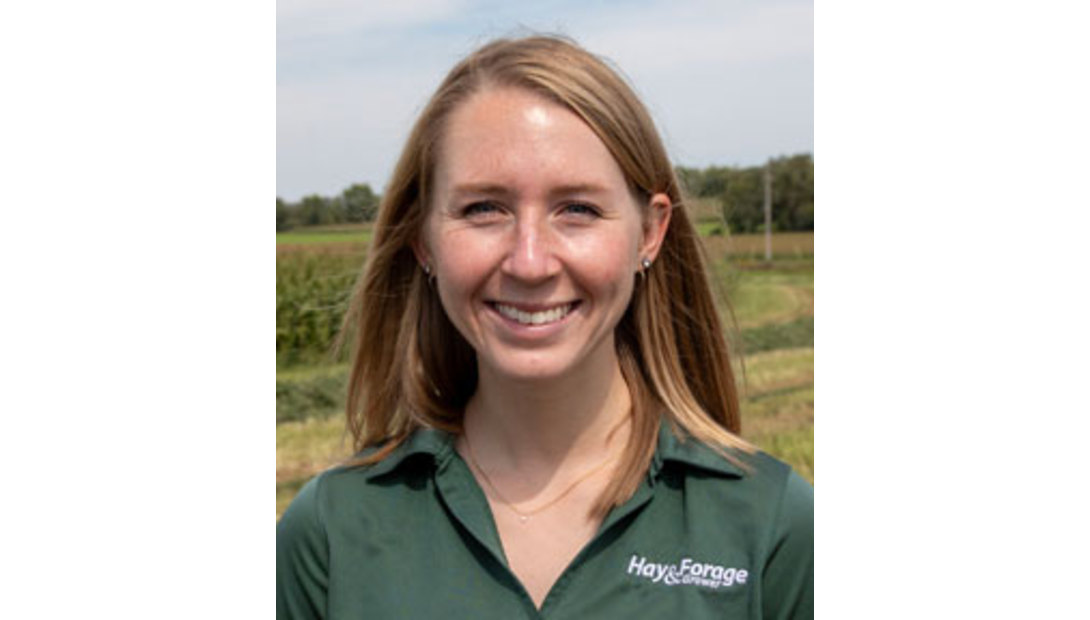
In many ways, the kitchen table is the heart of the home. It’s a place for families to gather for dinner, a desk for middle school math homework, and a spot to sit with neighbors who stop by to visit. It doubles as a site for fine dining on special occasions as well as the collection point for mail, bills, and clutter.

The kitchen table and chairs in my childhood home are full of nicks and scratches that my dad refuses to refinish. He says the imperfections give the furniture character and elicit old memories — some more sentimental than others. For instance, the noticeably worn place setting at the head of the table shows where my siblings and I took turns sitting for breakfast every morning during different segments of our respective before-school routines. And then there’s the mark where I stripped the stain off the wood when I spilled nail polish remover as a teenager.
Important conversations are had around the kitchen table, including those with financial planners, insurance agents, tax preparers, and about farm succession. Later this month, many of us will sit down in the dining room with family and friends to give thanks for another year — and another harvest season — and to reflect on life’s ups and downs. Important conversations don’t have to be had around the kitchen table, though, or any kind of table, for that matter.
“Having a seat at the table” is a popular selling point for various organizations encouraging current and prospective members to be active participants in their cause. In fact, bringing farmers to the table is one of the noted benefits the National Alfalfa and Forage Alliance (NAFA) highlights of the recently relaunched U.S. Alfalfa Farmer Initiative — better known as the Alfalfa Checkoff Program. So, what time is dinner? And what are we having?
The Alfalfa Checkoff Program was relaunched October 1 after hitting pause to reconfigure certain aspects of the alfalfa marketing scene. The program is set to operate like it did before, with participating seed marketers collecting $1.50 per bag of alfalfa seed sold to be put toward NAFA-administered research and promotion about alfalfa’s value as a livestock feed, the ultimate regenerative crop, and a profitable commodity.
That $1.50 per bag of seed is an alfalfa grower’s meal ticket to the larger discussion of challenges and opportunities that span production systems and the supply chain. It should be viewed as an investment from farmers — an investment that has helped generate over $3 million for nearly 70 public research projects since the checkoff’s inception in 2017.
By leveraging that $3 million, NAFA’s advocacy efforts have also secured nearly $80 million in federal funding for alfalfa research. These funds have subsequently helped fill forage-related positions at many universities — growing the menu of applicable research from a steak dinner to a community potluck with a wider array of relevant data.
Getting back to the meat and potatoes of it all, alfalfa growers fund the checkoff program, not seed companies; however, farmers can’t sit down at the table unless their seat is pulled out for them. As of this writing, that invitation is currently being offered by Alforex Seeds by DLF, America’s Alfalfa, Croplan, Forage First by DLF, Innvictis Seed Solutions, Latham Hi-Tech Seeds, Legacy Seeds, Nexgrow, S&W Seed Company, and W-L Alfalfas. Investing an extra buck-and-a-half per bag of alfalfa seed from these brands makes the difference between a standstill industry and one that is full of innovation and resiliency.
Admittedly, my family didn’t prioritize eating supper together at the kitchen table on a regular basis. Between fieldwork, feeding cattle, and jetting off to various extra-curricular activities, there were seldom nights the five of us were all home at the same time.
In hindsight, those shared meals might have been missed opportunities to practice more intentional communication or simply touch base with one another more often. Luckily, we have grown stronger as a family unit in different ways. But I’m glad similar opportunities will not be missed in the forage world thanks to the Alfalfa Checkoff Program’s efforts to guide the industry along a shared path toward common goals.
The table is set, and dinner is ready. With the checkoff back in action, it’s time for alfalfa growers to have a seat and get a taste for the ways in which NAFA is using their dollars to work in their favor. I, for one, am hungry for more research, development, and recognition for the nation’s fourth-most valuable field crop. Now, let’s eat.

This article appeared in the November 2024 issue of Hay & Forage Grower on page 4.
Not a subscriber?Click to get the print magazine.

